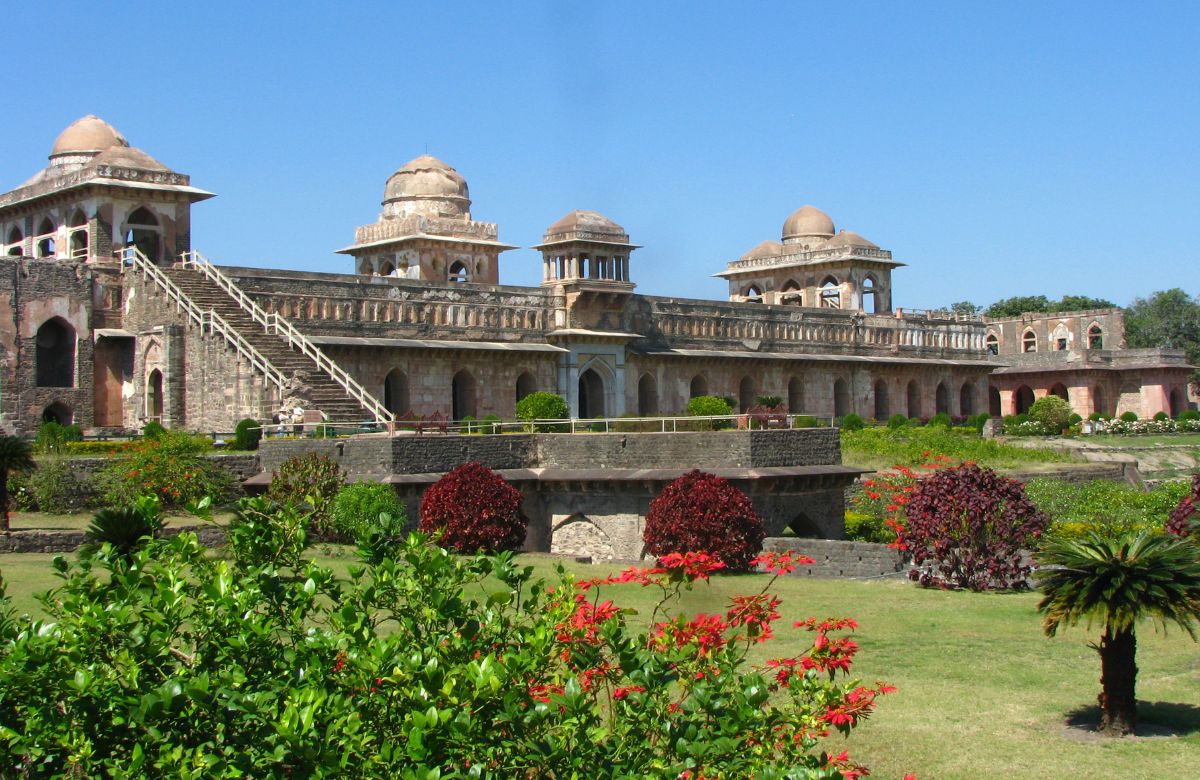Hidden amidst the dense forests and rolling hills of Madhya Pradesh, India, lies an enigmatic and hauntingly beautiful city, Mandu. Often referred to as the ‘City of Joy’ or ‘Mandavgarh’, this abandoned city is a captivating relic of history that echoes the grandeur of its past.
The Deserted Beauty Of Mandu
Mandu’s history dates back to ancient times, with evidence of human settlements found in the region as far back as the 6th century BC. Now with its numerous palaces, fortifications, and architectural wonders, Mandu is a living testament to its rich cultural heritage.
One of the most illustrious figures associated with Mandu is Baz Bahadur, the last independent ruler of Malwa. However, with the decline of the Malwa Sultanate and the rise of the Mughal Empire, Mandu’s fortunes began to wane. And it was eventually abandoned, leaving behind a hauntingly beautiful ghost town.
Mandu’s rise and eventual abandonment have puzzled historians and archaeologists for centuries. The reasons behind the city’s abandonment remain speculative, with various theories proposed over time. Today, Mandu remains an eerie ghost town. The site has been declared a UNESCO World Heritage Site, further elevating its importance in the eyes of the world.
Also Read: MP’s Kuno National Park To Rid Cheetahs Of Radio Collars After 2 Deaths Within 3 Days
Architectural Splendors Around The City
Mandu’s allure lies in its magnificent architecture that seamlessly blends Hindu, Islamic, and Afghan styles. The city is replete with grand palaces, regal gateways, and awe-inspiring tombs. Various conservation efforts taken to preserve and protect this abandoned gem.
The Hindola Mahal, or ‘Swinging Palace’ is another masterpiece, characterised by its sloping walls, which give it the impression of a swinging palace. The mesmerising Taveli Mahal, with its intricately designed archways and halls, was once used as a stable for elephants and horses.
The delicate Hoshang Shah’s Tomb, an early example of Afghan architecture in India, served as an inspiration for the construction of the renowned Taj Mahal. Its pristine white marble facade and exquisite lattice work mesmerize visitors, standing as a testimony to the artistic prowess of the craftsmen of that era.
As you walk through the deserted streets and ruins of Mandu, you are transported back in time. It’s a unique city with all its grandeur and mystery.
Cover image credits: Wikimedia Commons

